Vinyl siding is a resilient type of plastic frequently used on the outside of houses. It comes in a variety of colors and designs, even emulating the appearance of wood and other types of siding. But have you ever wondered, should it be nailed to studs? If you have, then you're in luck because we researched this topic, and here is what we discovered.
The answer is no. Vinyl siding should not be directly applied to studs. You must install it over a rigid sheathing that offers a smooth, level surface or an underlayment that is no thicker than one inch.
Keep reading as we discuss why you shouldn't directly apply vinyl siding to studs. Additionally, we'll talk about what fastener options you can use for your vinyl siding. Moreover, we'll cover the pros and cons of using vinyl siding and what underlayment is usually used with it.
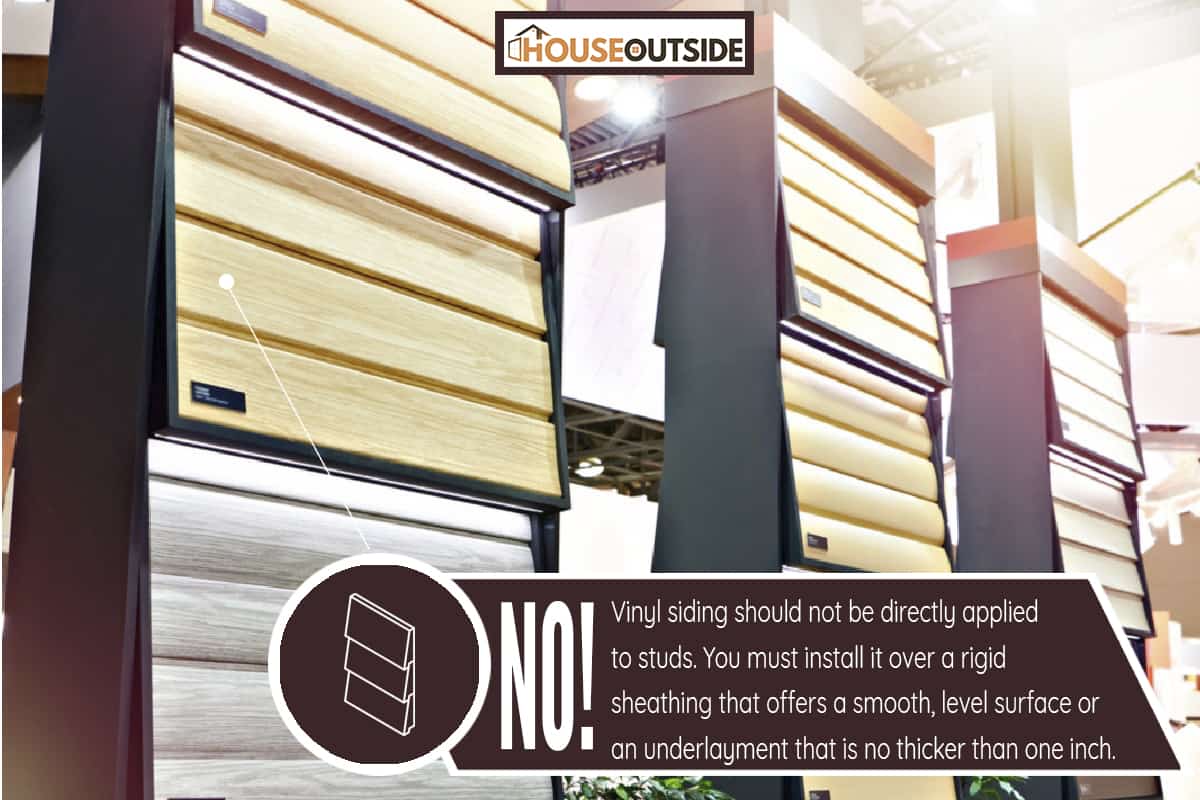
Why Should You Not Directly Apply Vinyl Siding To Studs?
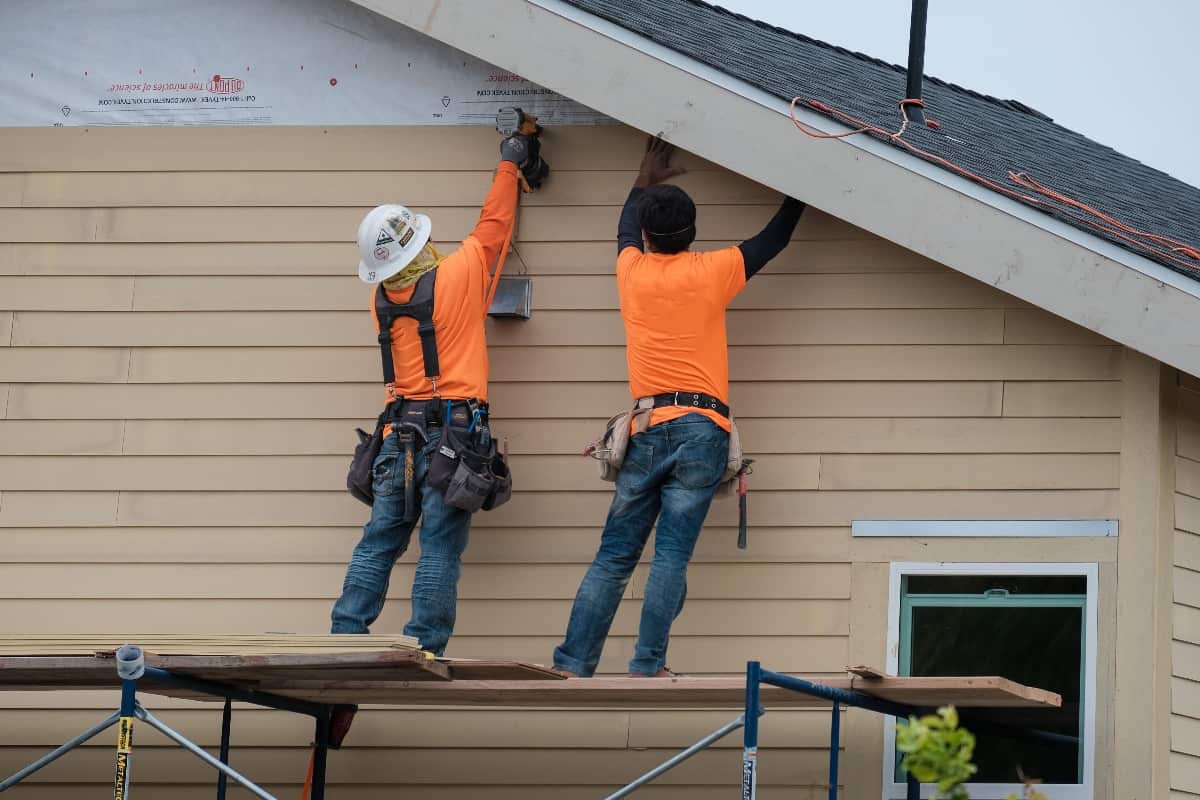
Sidings shouldn't be installed directly on studs. This is mainly because the structure will weaken without a covering.
Some builders do believe that you can place siding directly over studs. However, you must set up an internal air and moisture barrier. It must be fitted inside jointed sidings, which is crucial. Snow, rain, and wind that is hazy can all blow into the joints, which is why.
What Are Some Sheathing Materials You Can Use For Vinyl Siding?
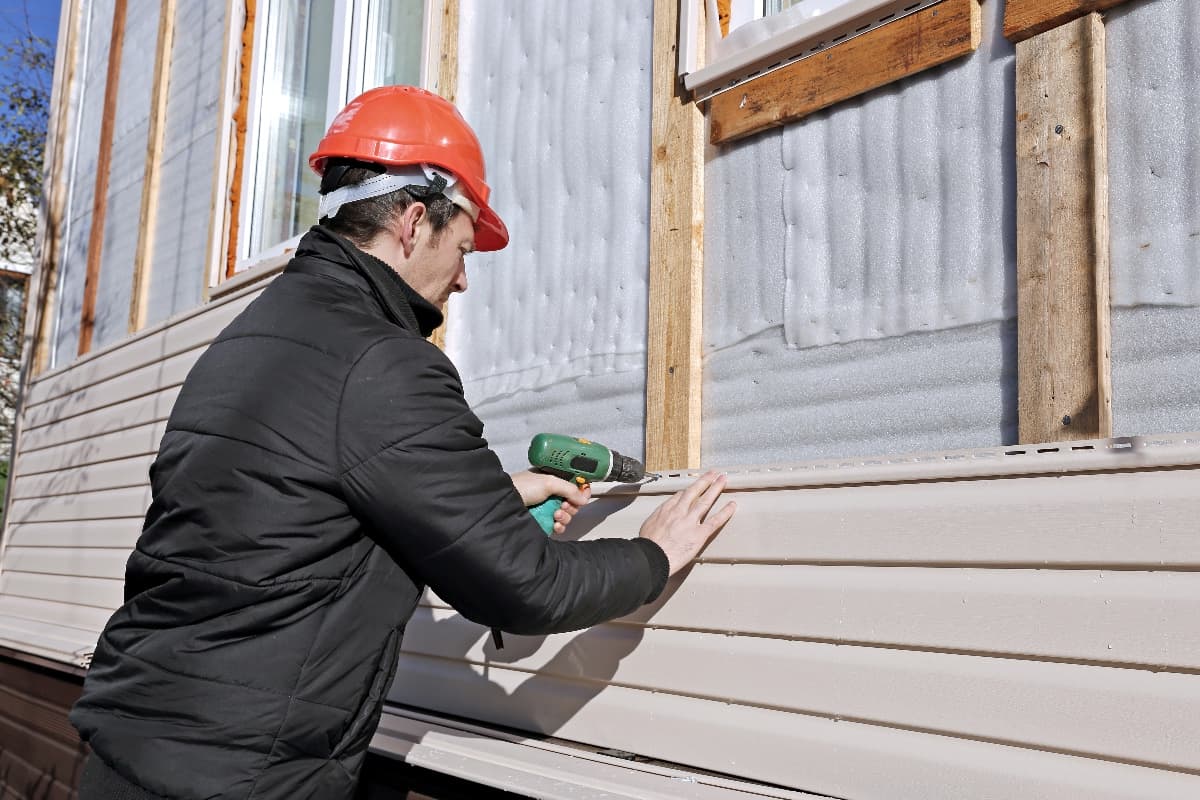
Plywood, oriented strand board (OSB), and other materials that are often used as wood sheathing can be covered with vinyl siding. The total thickness through which the fasteners must pierce nailable material, which is typically 1-1/4", includes the thickness of wood sheathing.
However, you can't include the thickness of the foam plastic sheathing in the total because it doesn't help to hold the fastener.
If this were the case, the fastener would need to be long enough to reach 1-1/4" into the wood framing and through the sheathing.
Fastener Options To Use When Installing Vinyl Siding
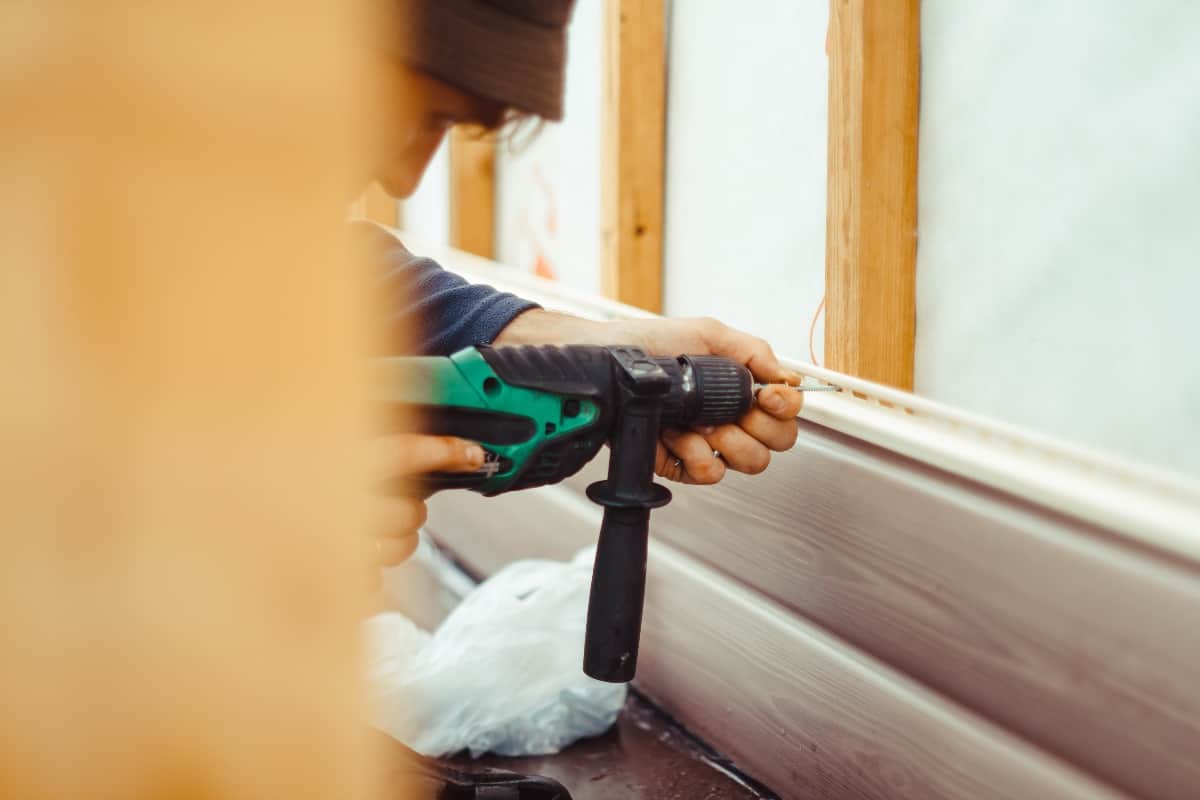
If you’re looking for possible fastener options for your vinyl siding, you can choose from the following:
- Nails
- Screws
- Staples
Nails
Nail heads should have a minimum diameter of 5/16". The diameter of the shank should be 1/8".
Screws
It is possible to use screw fasteners as long as they do not obstruct the vinyl siding panel's natural expansion and contraction movements.
With about 1/32" of space between the screw head and the vinyl center the screws in the slot. Screws must be able to pierce frame or furring no less than 1 1/4" deep and should be size #8, pan head or truss head, and be made of sheet metal that is anti-corrosion and self-tapping.
Staples
If you want to use staples as your siding fastener, it should be:
- At least 16-gauge and semi-flattened into an oval cross-section.
- No less than 1 1/4" should be inserted into the framing or furring, or as directed by the manufacturer.
- Approximately 1/32" away from the nailing hem in the crown, broad enough to allow the siding to move freely.
Just a reminder to consult your local building codes if staples are used in place of nails or screws.
The use of staples rather than nails may be authorized by the manufacturer. When installing the siding with staples, be careful to adhere to any restrictions on the wind load design pressure rating.
What Are The Pros And Cons Of Having Vinyl Siding?
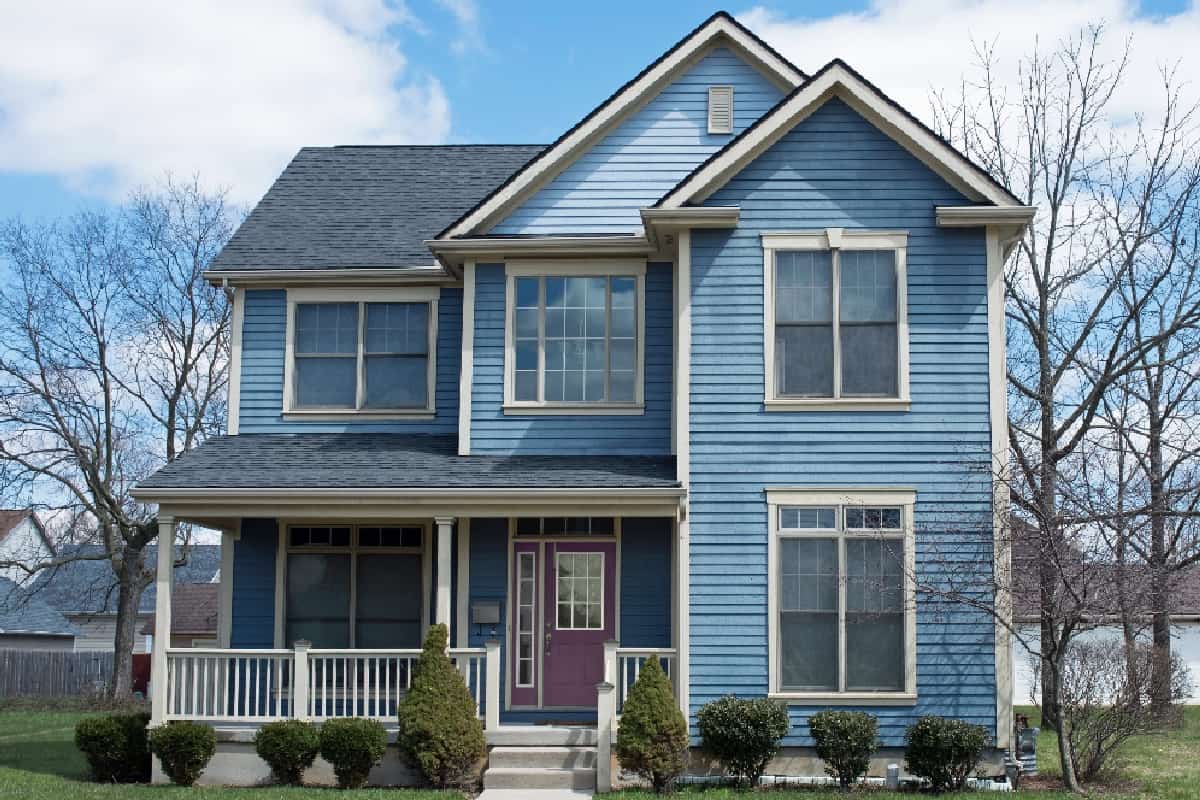
Let's now take a look at the benefits and drawbacks of using vinyl siding for your house.
Pros
1. No Need To Paint
Except for plastic, almost all siding materials have a color coating on them. The color of vinyl siding and shutters is baked-in, which makes them special. Its color is completely uniform; it is the same throughout.
The color can't be mechanically eroded, scratched off, or stripped, in other words. This is vinyl siding's strongest suit if you detest the thought of painting the outside of your property.
2. Inexpensive
Vinyl siding is one of the more affordable types of siding. Fiber-cement siding can cost up to four times as much as vinyl siding, based only on the cost of the components.
Shiplap siding made of fiber cement will cost at least twice as much. Almost always, vinyl siding will be your least expensive alternative for home siding.
3. Low Maintenance
When wiped down with a garden hose, the smooth surface of vinyl siding makes dust, cobwebs, and other particles relatively simply slide off.
You won't ever need to scrape, repair, prime, and paint the exterior of your house because there won't be any paint to peel.
Cons
1. Simple But Not Infallible
You can install vinyl siding yourself once you've bought it, but the majority of consumers use a contractor. Since the efficiency of vinyl siding depends on good installation, a poor job now means even bigger problems later.
If you place the nails too closely together, your siding will expand, crack, swell, or warp. The product warranty may be void due to improper installation, and construction warranties frequently only last one year.
Not all contractors have made the appropriate educational and professional investments.
2. Can Lead To Additional Maintenance Problems
Manufacturers frequently claim that premium siding lasts 20 to 30 years. The siding may, however, start to age after just 10 to 15 years, depending on your climate. In sunny climes, vinyl siding, especially dark vinyl siding, starts to fade.
Painting is a bad choice because it won't last long before the paint starts to flake and crack. Pressure washing can be disastrous if water penetrates your home through gaps and fissures around the siding.
You can't repair vinyl siding; if it is damaged, you must replace the entire plank.
3. Could Reduce The Value Of Your House
It does make financial sense to replace your old, deteriorating wood siding with new, reasonably priced vinyl siding on the front end. But this addition might make it less valuable.
The value of your home can be destroyed if it has vinyl siding and is historically significant. Vinyl siding may result in lesser bids for your property if you decide to sell it because many purchasers think it's inferior.
4. Possibly Allows For Moisture Below The Surface
Water vapor can travel through the wall's construction but can also escape during colder temperatures thanks to wood siding and other conventional cladding materials.
The installation of vinyl siding over a layer of styrene insulation board, however, may trap the water vapor inside the wall cavity.
If you don't caulk your siding, water can potentially enter the wall cavity through cracks at the siding's edge. Vinyl siding needs to be able to pull apart from a wall's surface.
Although a water-resistant house wrap is often laid underneath the siding, this might lead to leaks because the installation procedure often uses nails.
What Is The Most Commonly Used Vinyl Siding Underlayment?
The most widely used underlayment when installing vinyl siding is house wrap.
House wrap is an outside sheathing that is intended to prevent moisture and water infiltration while enabling water vapor to escape from the building.
Moisture and air leaks can get behind the siding through these tiny cracks and seams, causing damage that you might not even notice until it is too late. Despite the benefits of vinyl, having additional insurance in the form of house wrap is a good idea.
What Is A House Wrap And Why Is It Important?
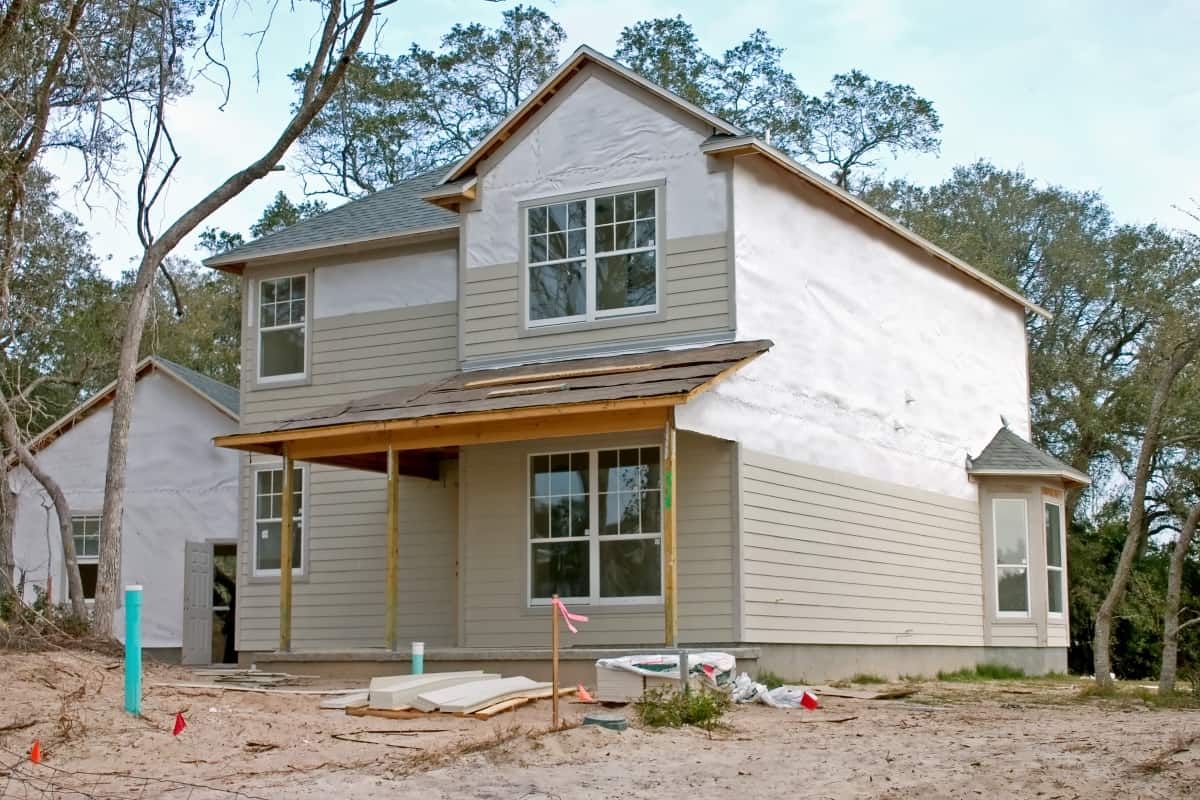
The primary line of protection against moisture and air leaks will be your vinyl siding, but house wrap performs well as a secondary line of defense. It safeguards the sheathing of the walls and aids in preventing uncontrolled airflow, which will increase your home's insulative capabilities.
Some house wrap materials work to stop cold air from entering a dwelling, which makes a house more energy efficient. Applying house wrap at the start of your project is advisable because it will be expensive and time-consuming to remove and replace the siding after you have placed it.
It's a good idea to make sure your contractor uses house wrap while siding your home given how efficient it is and how simple it is to install behind the vinyl.
Additionally, for a higher R-value throughout this siding process, you can think about requesting your contractor to install foam insulation between the vinyl and the house wrap.
If you're already siding your house, you might as well include it since putting it in afterward will require a total re-siding. This will improve the performance of your house wrap.
Final Thoughts
Indeed, you should not directly nail your vinyl siding to studs. But, you can use a sheathing material so your siding can lie on top of it.
Also, having an underlayment can be advantageous since having vinyl siding is not a guarantee that your house will be free from penetrating outside moisture.
You can check out our other posts if you enjoyed this one:


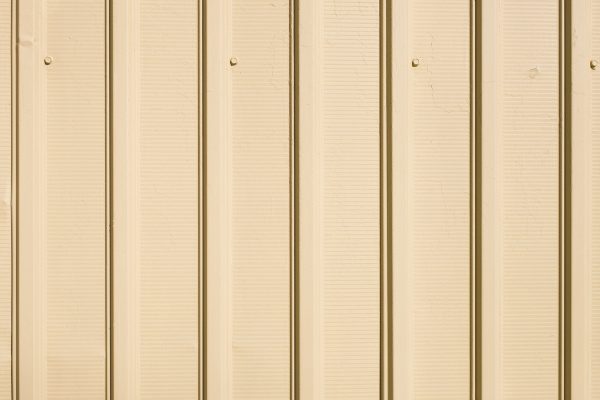
![Roof Gutter Cleaning Tips. Clean Your Gutters. Gutter Cleaning., Do Gutters Smell? [And What To Do About It]](https://houseoutside.com/wp-content/uploads/2022/10/Roof-Gutter-Cleaning-Tips.-Clean-Your-Gutters.-Gutter-Cleaning.-600x400.jpg)